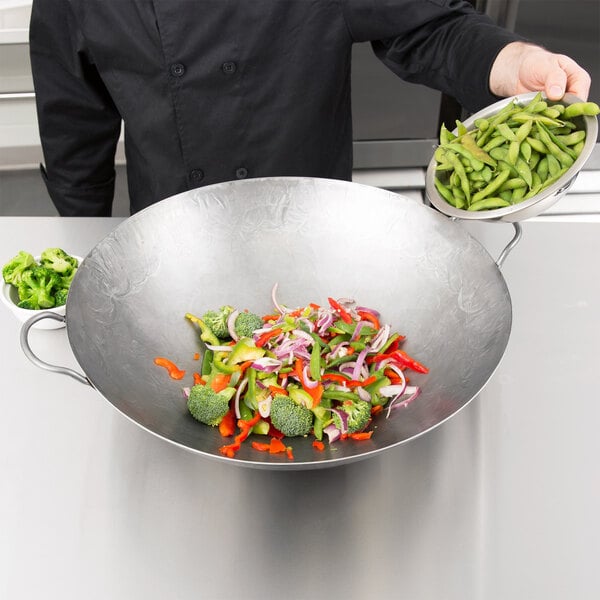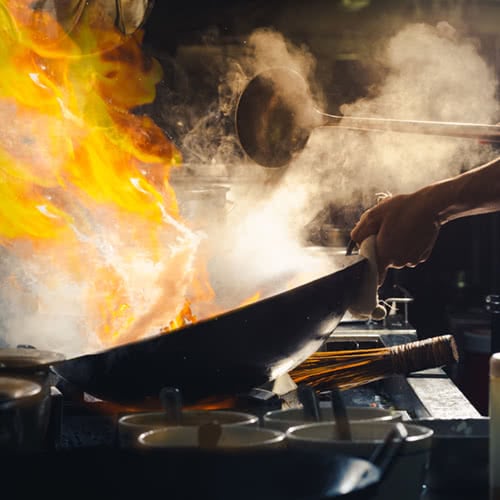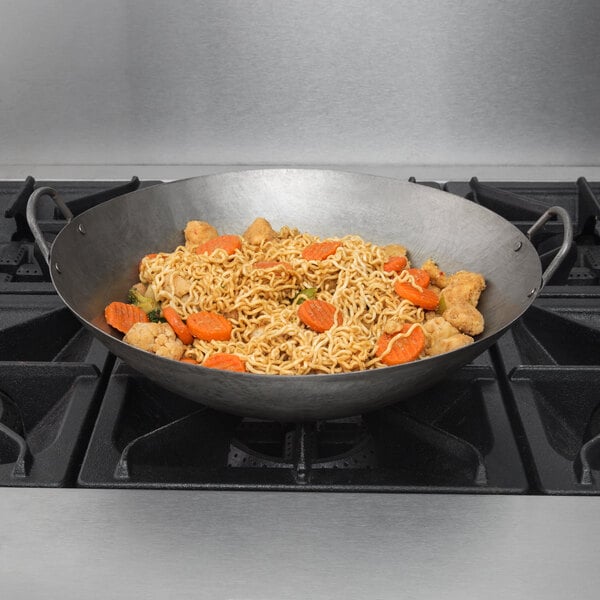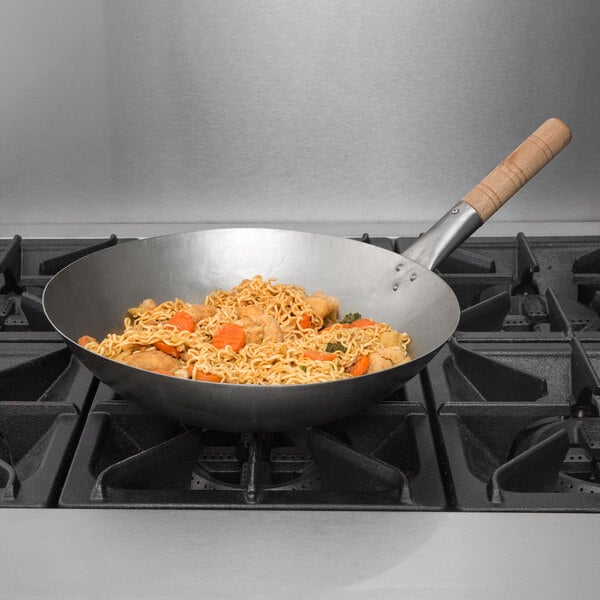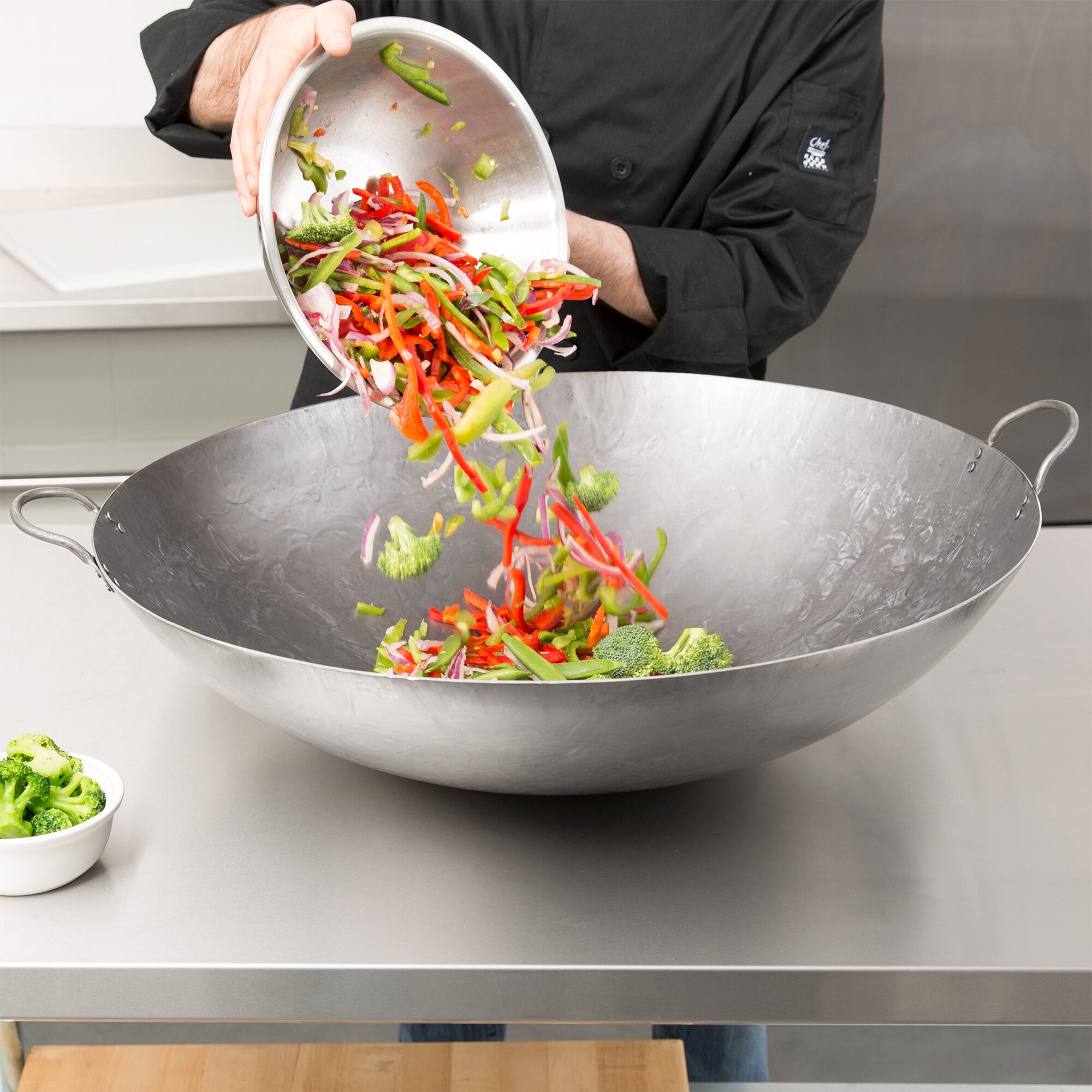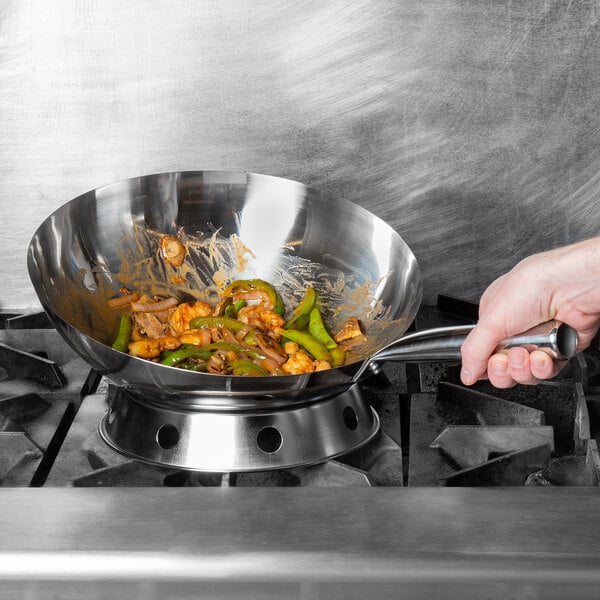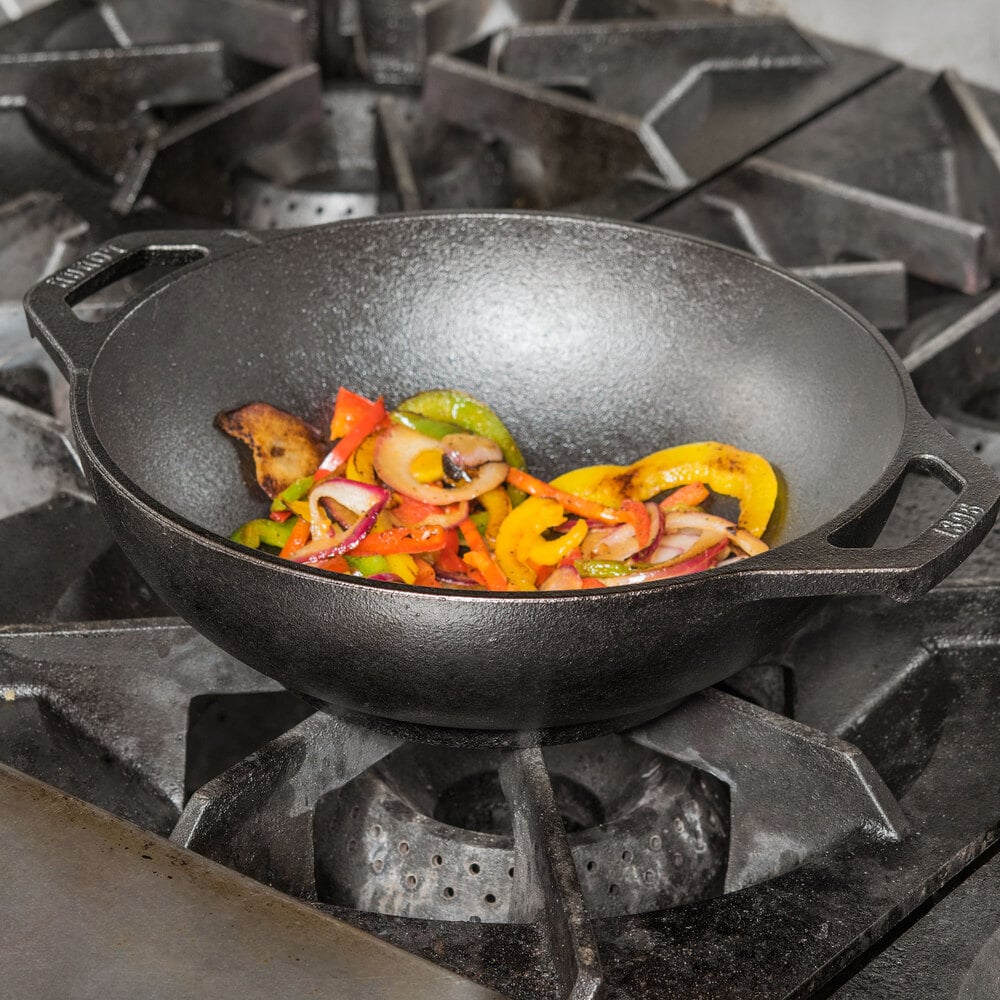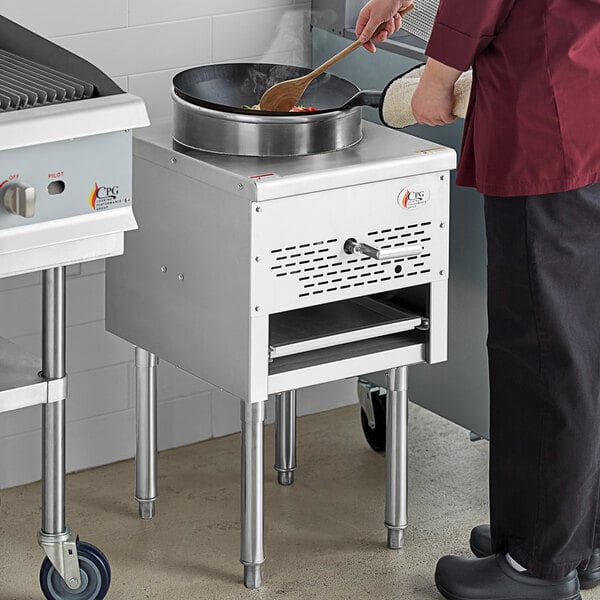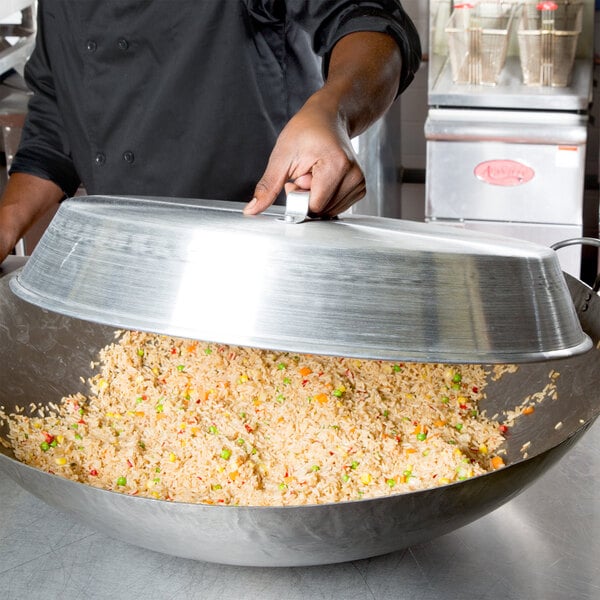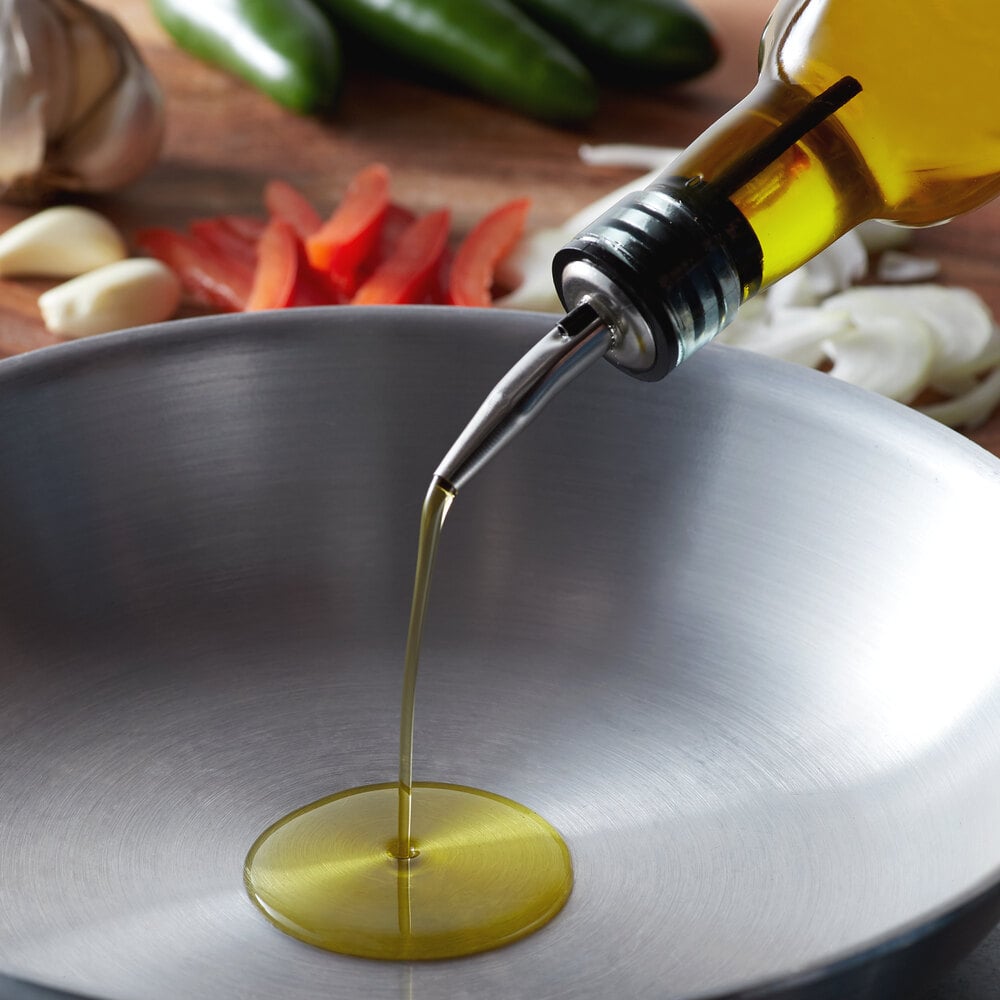Smallwares
WebstaurantStore / Food Service Resources / Smallwares / Types of Woks

- Topics 1475
- Industrial 56
- Troubleshooting Guides 26
- Restaurant Management 134
- Bar Management 64
- Catering Tips 39
- Bakery Management 44
- Food Trucks & Concessions 50
- Advertising & Marketing 39
- Eco-Friendly Tips 12
- Facility Layout & Design 46
- Coffee Shop Tips 31
- Installation & Maintenance 59
- Janitorial & Pest Control 32
- Safety & Sanitation 103
- Startup Tips 112
- Menu Design 11
- Kitchen & Cooking Tips 95
- Hospitality Management 24
- Pizza & Sandwich Shop Tips 33
- Smallwares 38
- Food Prep 97
- Tabletop Items 18
- Disposables 24
- Calculators & Tools 7
- Consumables 62
- Warewashing & Laundry 20
- Cooking Equipment 101
- Food Storage & Refrigeration 54
- Beverage Equipment 39
- Office Supplies 5
Join Our Mailing List
Receive coupon codes and more right to your inbox.
